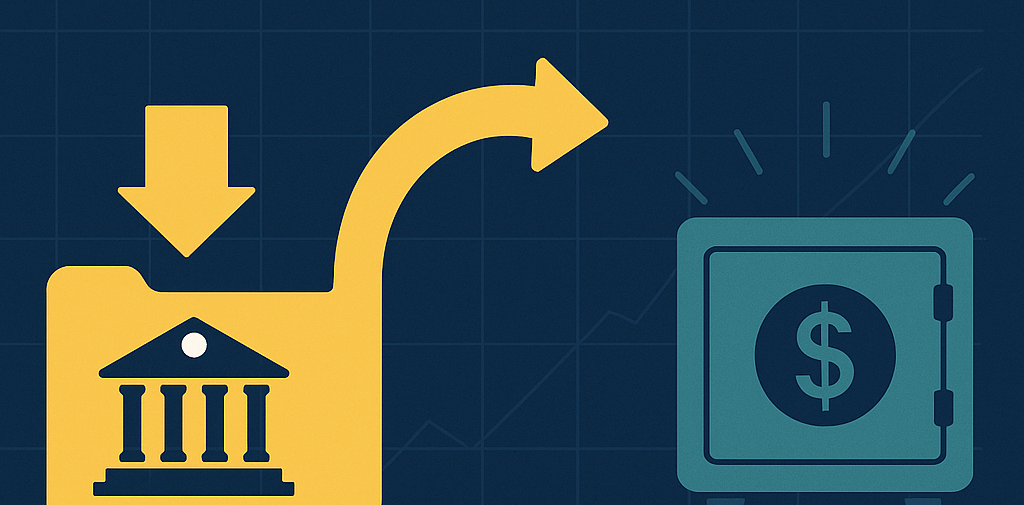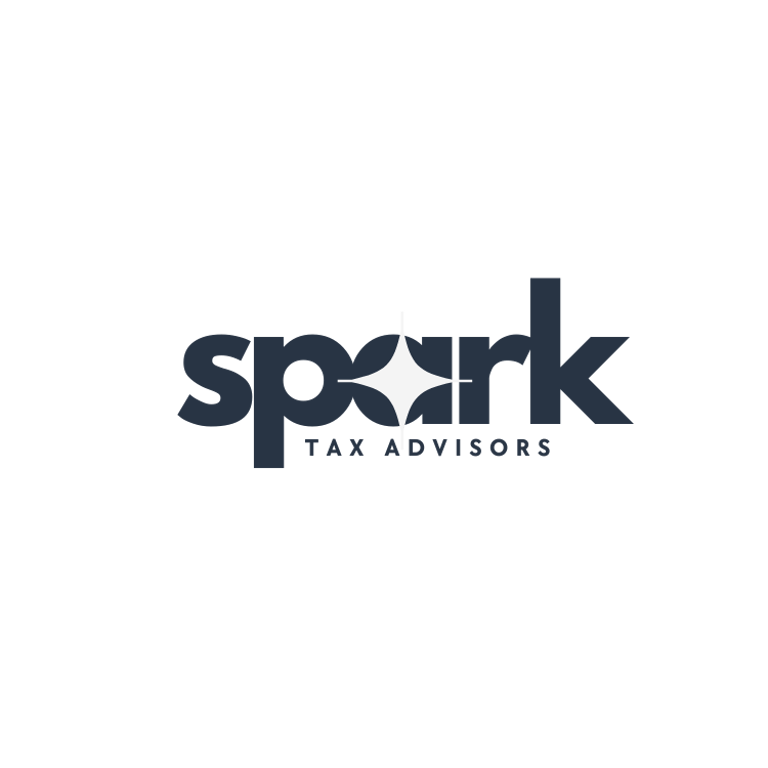The Backdoor Roth Blueprint: How high earners use the Backdoor Roth IRA
TAX TIPSROTH IRA
Christopher Johns, EA
8/14/20253 min read


The Backdoor Roth Blueprint: A High-Income Strategy for Tax-Free Retirement Savings
If you make too much to contribute directly to a Roth IRA, you might feel like you’re shut out of one of the best retirement savings tools out there. The good news? The IRS has left a perfectly legal workaround wide open — it’s called the Backdoor Roth IRA.
This strategy lets high earners move money into a Roth IRA for tax-free growth and tax-free withdrawals in retirement, even if their income is over the Roth IRA limits.
In this guide, you’ll learn exactly how the Backdoor Roth works, step-by-step instructions for doing it, and how to avoid the common mistakes that trip people up.
Why High Earners Can’t Contribute Directly to a Roth IRA
Roth IRAs have income limits that phase out your ability to contribute.
For 2025, those limits are:
Single filers: $150,000–$165,000
Married filing jointly: $236,000–$246,000
If your modified adjusted gross income (MAGI) is above these thresholds, you can’t put money directly into a Roth IRA.
The Backdoor Roth IRA bypasses these limits by using a two-step process that’s been in the tax code for years.
How a Backdoor Roth IRA Works
The Backdoor Roth isn’t a special type of account. It’s simply a conversion strategy:
Contribute after-tax dollars to a Traditional IRA.
Convert that money to a Roth IRA.
Because the contribution is after-tax and you convert it quickly, there’s little or no taxable income generated (as long as you avoid certain pitfalls).
Step-by-Step: How to Do a Backdoor Roth IRA
Here’s the cleanest way to execute it:
Open a Traditional IRA — If you don’t already have one, open it at your preferred brokerage.
Contribute After-Tax Dollars — For 2025, the limit is $7,000 ($8,000 if you’re age 50+).
Optional Wait Period — Some people wait a few days before converting to avoid “step transaction” concerns, though the IRS has never formally disallowed same-day conversions.
Convert to Roth IRA — Transfer the funds from your Traditional IRA to your Roth IRA.
File IRS Form 8606 — This documents your after-tax contribution and ensures you aren’t taxed twice.
The Biggest Pitfall: The Pro-Rata Rule
The Pro-Rata Rule is the number one thing that derails Backdoor Roth plans. Here’s why:
If you have other pre-tax money in any IRA (Traditional, SEP, SIMPLE), the IRS looks at all your IRAs combined when calculating the taxable portion of your conversion.
Example:
If 80% of your total IRA balance is pre-tax, then 80% of your conversion will be taxable — even if the contribution you just made was after-tax.
Workaround: Roll pre-tax IRA money into a 401(k) before doing the Backdoor Roth. This keeps your IRA balance “clean” for conversion.
Tax Implications
After-Tax Contributions → Roth: Tax-free conversion.
Pre-Tax Contributions or Growth → Roth: Taxable at ordinary income rates.
State Taxes: Some states treat conversions differently — check your local rules.
Common Backdoor Roth Mistakes
Skipping Form 8606.
Mixing pre-tax and after-tax IRA funds.
Overcontributing beyond IRS limits.
Forgetting about state tax impacts.
Not coordinating with a spouse’s accounts.
Real-World Examples
High-Income W-2 Employee with No Other IRAs: Easy, clean conversion each year.
Business Owner with a SEP IRA: Roll SEP into a solo 401(k) first.
Married Couple: Each spouse can do their own Backdoor Roth, doubling the household’s contributions.
Should You Do a Backdoor Roth IRA?
A Backdoor Roth can be a powerful move if:
You earn above Roth IRA income limits.
You want more tax-free income in retirement.
You can avoid or work around the Pro-Rata Rule.
It’s especially valuable for those who expect their tax rate to be the same or higher in retirement.
Final Thoughts
The Backdoor Roth IRA is one of the best ways for high-income earners to keep building tax-free retirement wealth — but it has to be done right. A small mistake can trigger an unexpected tax bill.
If you’re considering this strategy, make sure it fits with your broader tax and retirement plan.
Want to find out if you qualify?
Book a complimentary 15-minute strategy call and we’ll walk through your eligibility, timing, and tax implications before you make a move.
Spark Tax Advisors
Expert advice for small businesses and entrepreneurs.
info@sparktaxadvisors.com
(904) 853-1068
© 2025. All rights reserved.
